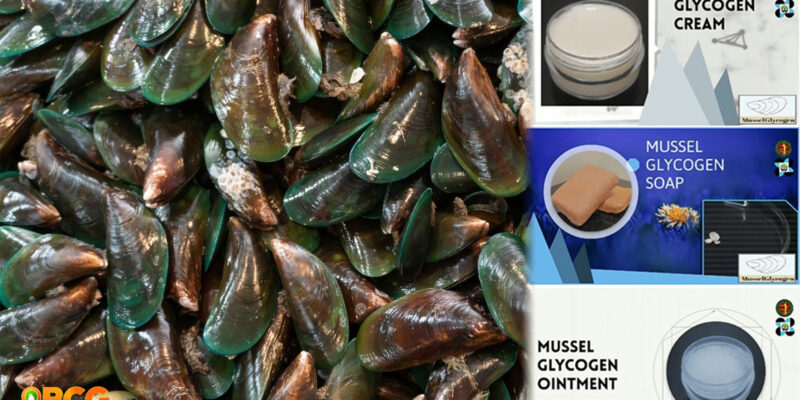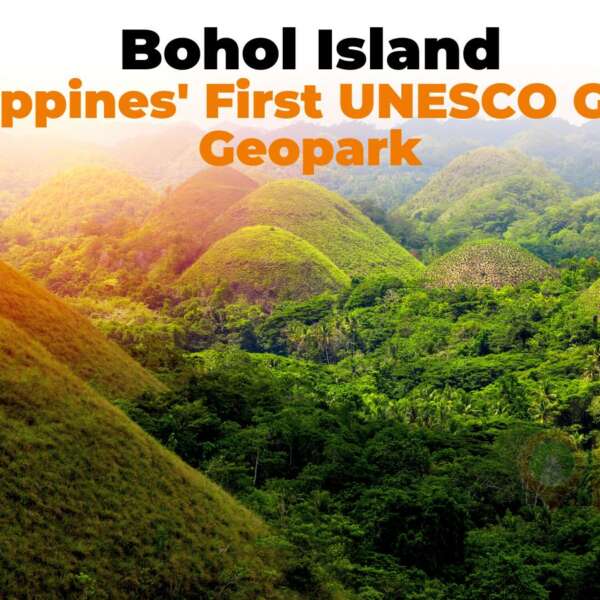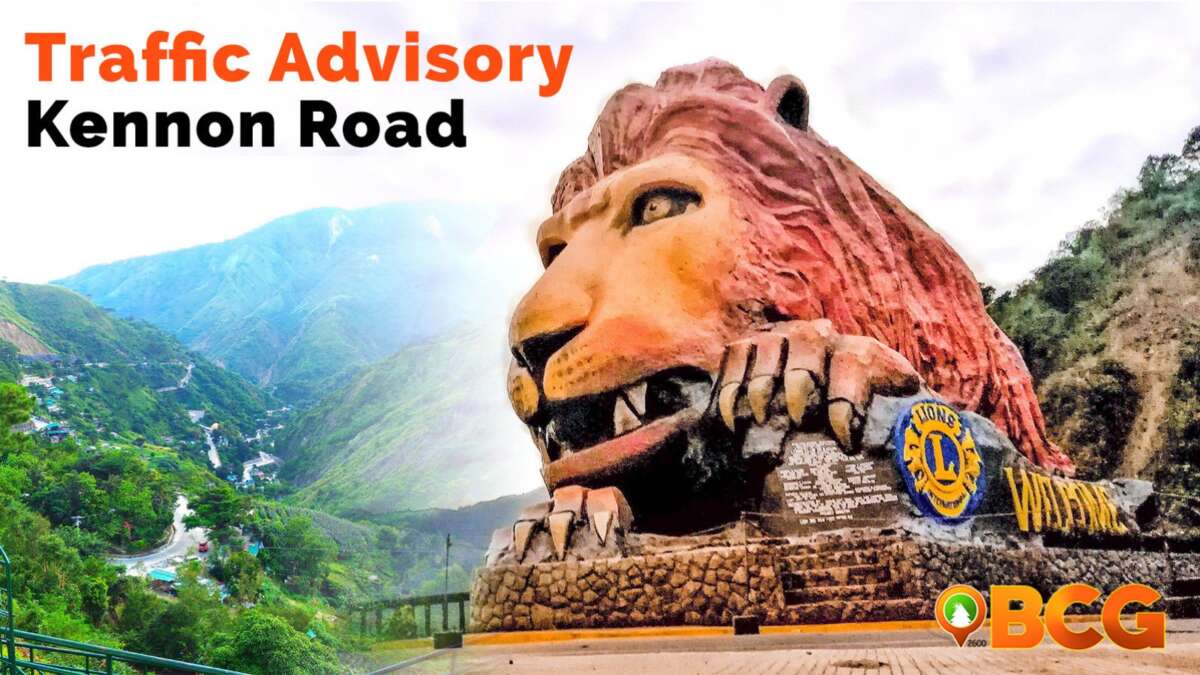UP researchers transform “tahong” extracts to cosmetics
Researchers from the University of the Philippines Visayas (UPV) and the Department of Science and Technology (DOST) have found a new way to utilize mussels in the development of cosmetic products.
“tahong” cosmetics
The birth of cosmetics made from mussels-extracted ingredients came about from the project implemented by the University of The Philippines Visayas – Tacloban Campus, in collaboration with the Philippine Council for Agriculture, Aquatic and Natural Resources Research and Development of the Department of Science and Technology (DOST-PCAARRD).
The project called “Extraction and Utilization of Mussel Glycogen under the Mussel Biotechnology Program“, used food-grade mussel glycogen extracts in the development of cosmetic products such as soap, cream, and ointment.
The study used three types of Philippine mussels- the green mussel (Perna viridis), black mussel (Mytella strigata), and the brown mussel (Modiolus philippinarum).
“Green mussel (Perna viridis) is one of the emerging aquatic commodities that is poised to contribute to the economic output of the fisheries sector in the country,” Dr. Leni Yap-Dejecto of UP Visayas-Tacloban Mussel Research Team said.
Glycogen in cosmetics

Mussel glycogen extraction / DOST-PCAARRD
Glycogen, commonly extracted from corn starch, is a humectant, or ingredient that attracts water. Humectants are moisturizing agents commonly found in cosmetic products such as lotions, shampoo, and creams because of their ability to keep moisture in the skin, which can significantly improve skin tone, radiance, and hydration.
Search for non-food mussel applications
The occurrence of harmful algal blooms (HAB) or red tide is one of the main reasons researchers are looking for different ways to utilize mussels for non-food applications. HABs produce toxins that are harmful to shellfish and may cause illnesses or even death in extreme cases. HABs displace fisherfolk for months and recorded economic losses that can reach P250 million per occurrence of HAB, according to DOST.

















